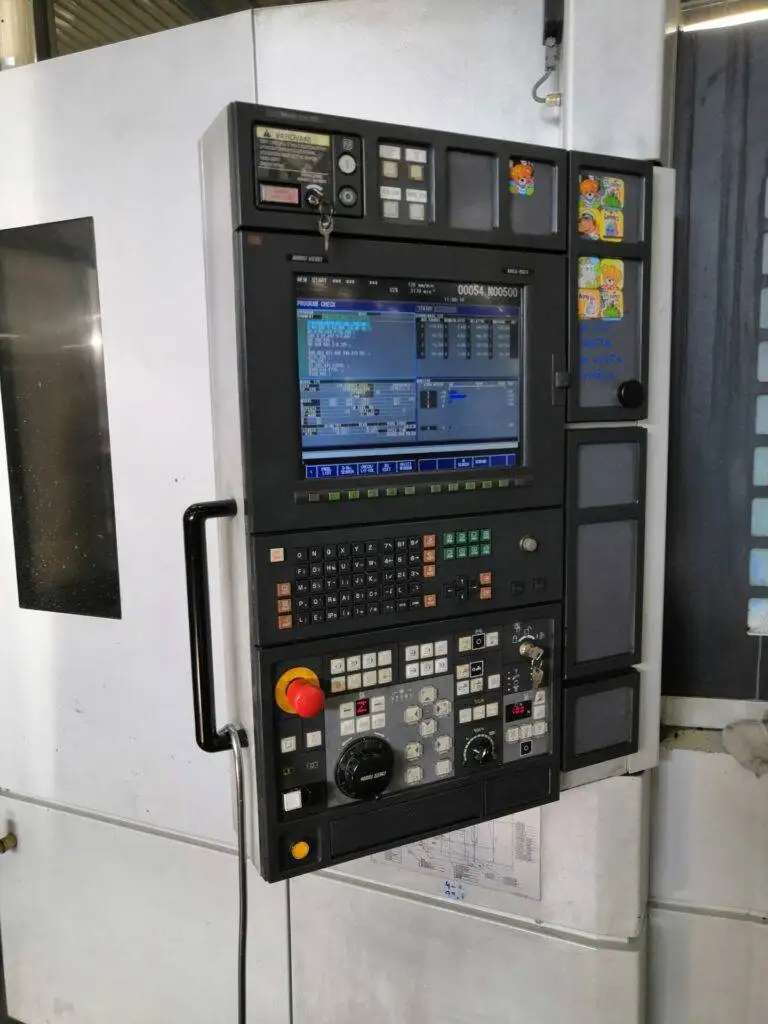The Art and Science of Metal Shaping
Metal shaping, or metal forming, is a broad term that encompasses a variety of techniques used to manipulate metal from its initial, raw form into a final product. These techniques include processes like forging, rolling, extrusion, drawing, and bending, among others. Metal shaping plays a crucial role in a wide range of industries, including automotive, aerospace, construction, and consumer goods.
Metal Shaping Techniques
- Forging: Forging is one of the oldest metal shaping techniques, dating back thousands of years. It involves heating a piece of metal until it’s malleable and then using a hammer or press to shape it. Forging can produce parts that are stronger than those made by other methods, making it ideal for components that need to withstand high stress or strain.
- Rolling: Rolling is a process where metal is passed through a pair of rotating rolls to reduce its thickness and make it uniform. The rolls squeeze the metal, changing its shape and properties. Rolling is commonly used in the production of sheet metal and rails.
- Extrusion: In extrusion, a billet of metal is forced through a die to create a long, continuous piece with a uniform cross-section. This process is commonly used to produce rods, pipes, and profiles.
- Drawing: Drawing involves pulling metal through a die to reduce its cross-section. It’s often used to make wire, tubing, and other long, thin products.
- Bending: Bending is a process where force is applied to metal to cause it to bend at an angle. It’s used in the production of tubes, pipes, and other components that require a curved shape.
Materials Used in Metal Shaping
The choice of material for metal shaping depends on the specific requirements of the final product. Some of the most commonly used materials include steel, aluminum, copper, and brass. Each of these materials has unique properties that make it suitable for different applications. For example, steel is known for its strength and durability, while aluminum is lightweight and corrosion-resistant.
Applications of Metal Shaping
Metal shaping is used in a wide range of industries to produce a variety of products. Here are a few examples:
- Automotive Industry: In the automotive industry, metal shaping is used to create various parts of a vehicle, including the body panels, engine components, and suspension parts.
- Aerospace Industry: The aerospace industry uses metal shaping to manufacture components for aircraft and spacecraft, such as wings, fuselage sections, and engine parts.
- Construction Industry: In the construction industry, metal shaping is used to produce structural components like beams, bars, and pipes.
- Consumer Goods: Many consumer goods, from kitchen appliances to electronic devices, contain parts that are made through metal shaping.
Conclusion
Metal shaping is a fundamental process in manufacturing, enabling the production of a vast array of products that we use in our daily lives. As technology continues to advance, new metal shaping techniques and materials are being developed, opening up even more possibilities for the design and manufacture of metal products.





